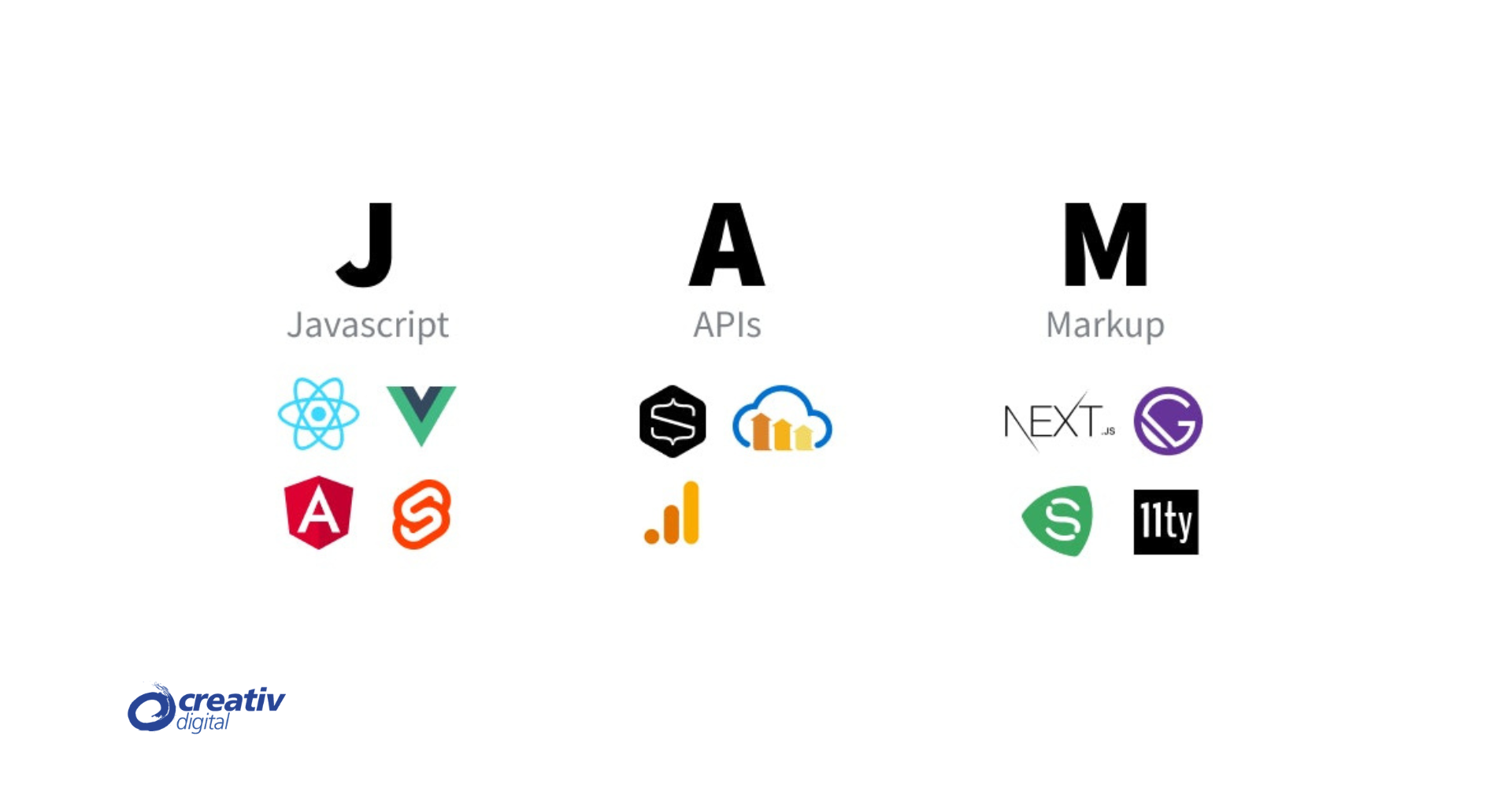In the rapidly evolving landscape of technology, businesses face the constant challenge of keeping their systems and processes up-to-date. Legacy systems, defined as outdated computing software or hardware that is still in use, can become a significant obstacle to progress. While these systems may still function, they often lack the capabilities and efficiencies of modern technology. Upgrading legacy systems is not just a technical necessity but a strategic move that can provide numerous benefits.
The Importance of Upgrading Legacy Systems
1. Enhanced Security
Legacy systems often pose significant security risks due to their outdated software and hardware components. These systems are typically no longer supported by vendors, meaning they do not receive critical security patches and updates. This makes them vulnerable to cyberattacks and data breaches. Upgrading to modern systems ensures that security measures are current and robust, protecting sensitive data and maintaining the integrity of business operations.
2. Improved Efficiency and Performance
Older systems tend to be slower and less efficient compared to modern solutions. They can be cumbersome to maintain and often require more manual intervention. Upgrading to newer systems can streamline processes, automate repetitive tasks, and significantly improve overall performance. This leads to increased productivity and allows employees to focus on more strategic tasks rather than troubleshooting outdated technology.
3. Compatibility and Integration
Modern businesses rely on a multitude of software applications and systems that need to work together seamlessly. Legacy systems often struggle with compatibility issues, making it difficult to integrate new technologies. Upgrading to current systems ensures better compatibility and integration, facilitating smoother operations and more effective communication between different parts of the business.
4. Cost Savings
While upgrading legacy systems involves an initial investment, the long-term cost savings can be substantial. Outdated systems typically require more maintenance, incur higher operational costs, and are prone to breakdowns. Modern systems, on the other hand, are more reliable, require less maintenance, and can reduce operational costs through improved efficiency and automation.
5. Enhanced User Experience
User experience is a critical factor in the success of any business. Legacy systems often offer a poor user experience due to outdated interfaces and slow performance. Upgrading to modern systems can significantly enhance the user experience, making it easier for employees to perform their tasks and improving customer satisfaction through better service delivery.
How to Upgrade Legacy Systemsy
1. Assess Current Systems
The first step in upgrading legacy systems is to conduct a thorough assessment of the current systems in place. This involves identifying which systems are outdated, understanding their limitations, and determining the impact they have on business operations. It’s also essential to evaluate the potential risks associated with continuing to use these systems.
2. Define Objectives
Clearly defining the objectives of the upgrade is crucial. This involves understanding what you hope to achieve with the upgrade, such as improved security, better performance, or enhanced user experience. Setting clear objectives helps in selecting the right solutions and ensures that the upgrade aligns with the overall business strategy.
3. Develop a Roadmap
Developing a detailed roadmap for the upgrade process is essential. This should include a timeline, budget, and a step-by-step plan for implementation. The roadmap should also identify key stakeholders and assign responsibilities to ensure that the upgrade process is well-coordinated and executed smoothly.
4. Choose the Right Technology
Selecting the right technology is a critical part of the upgrade process. This involves researching and evaluating different solutions to find the ones that best meet your needs. Consider factors such as compatibility, scalability, and support when choosing new systems. It’s also essential to choose solutions that are future-proof and can adapt to changing business requirements.
5. Plan for Data Migration
Data migration is a significant aspect of upgrading legacy systems. It’s essential to plan carefully for the transfer of data from old systems to new ones to ensure data integrity and minimize disruptions. This involves mapping out the data migration process, testing for potential issues, and ensuring that all data is backed up before the migration begins.
6. Train Employees
Upgrading to new systems often requires employees to learn new processes and tools. Providing adequate training is essential to ensure a smooth transition. This can involve formal training sessions, online tutorials, and ongoing support to help employees adapt to the new systems.
7. Implement in Phases
Implementing the upgrade in phases can help mitigate risks and ensure a smoother transition. This involves upgrading systems in stages, starting with less critical components and gradually moving to more critical ones. Phased implementation allows for testing and adjustment at each stage, minimizing the impact on business operations.
8. Monitor and Optimize
After the upgrade is complete, it’s essential to continuously monitor the new systems to ensure they are functioning as expected. This involves tracking performance, identifying any issues, and making necessary adjustments. Regular monitoring and optimization help in maximizing the benefits of the new systems and ensuring long-term success.
Conclusion
Upgrading legacy systems is a strategic move that can provide significant benefits, including enhanced security, improved efficiency, better compatibility, cost savings, and a superior user experience. While the upgrade process can be complex and challenging, careful planning and execution can ensure a successful transition. By staying current with technology, businesses can maintain a competitive edge and position themselves for long-term success in an ever-evolving digital landscape.



